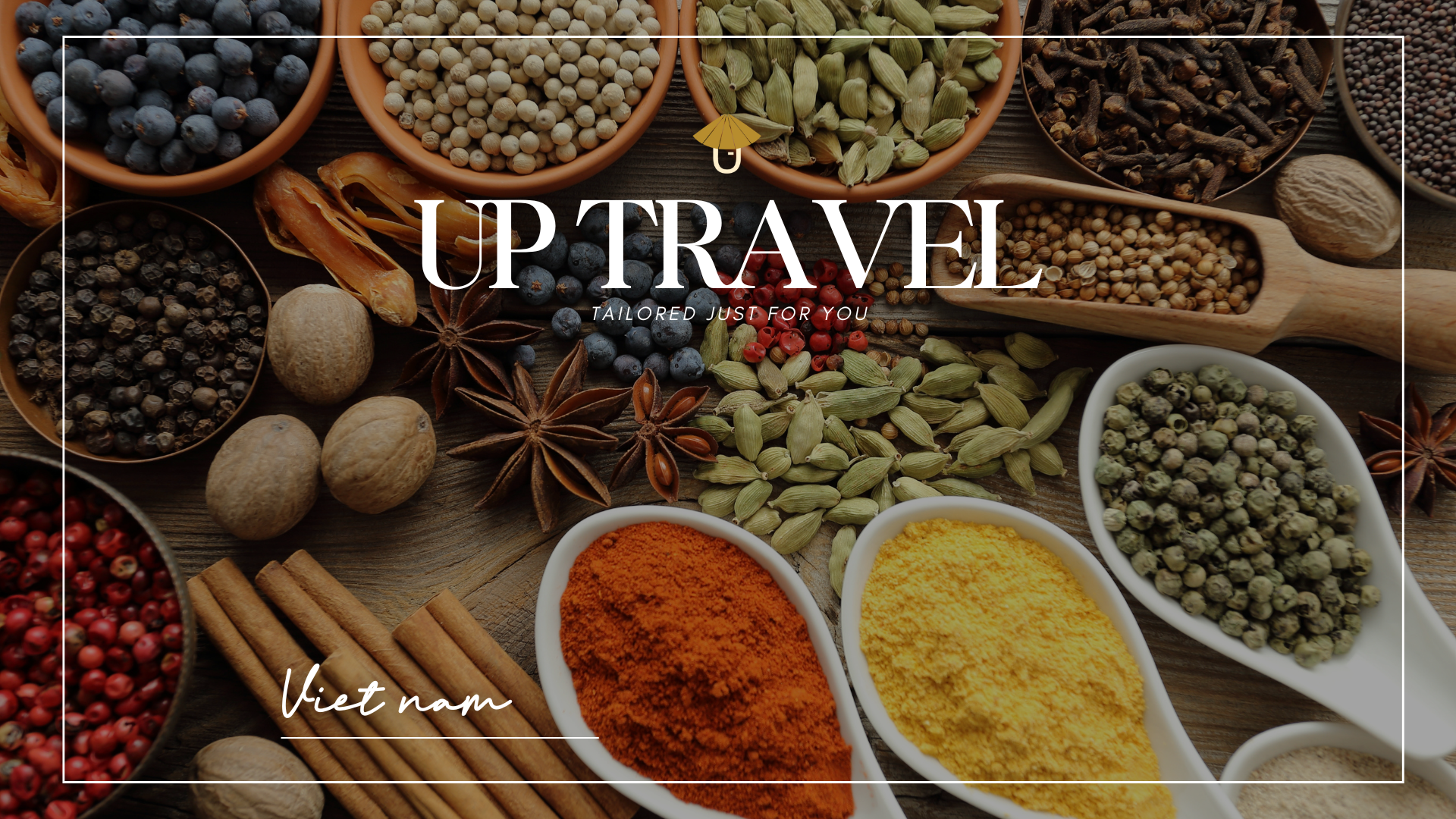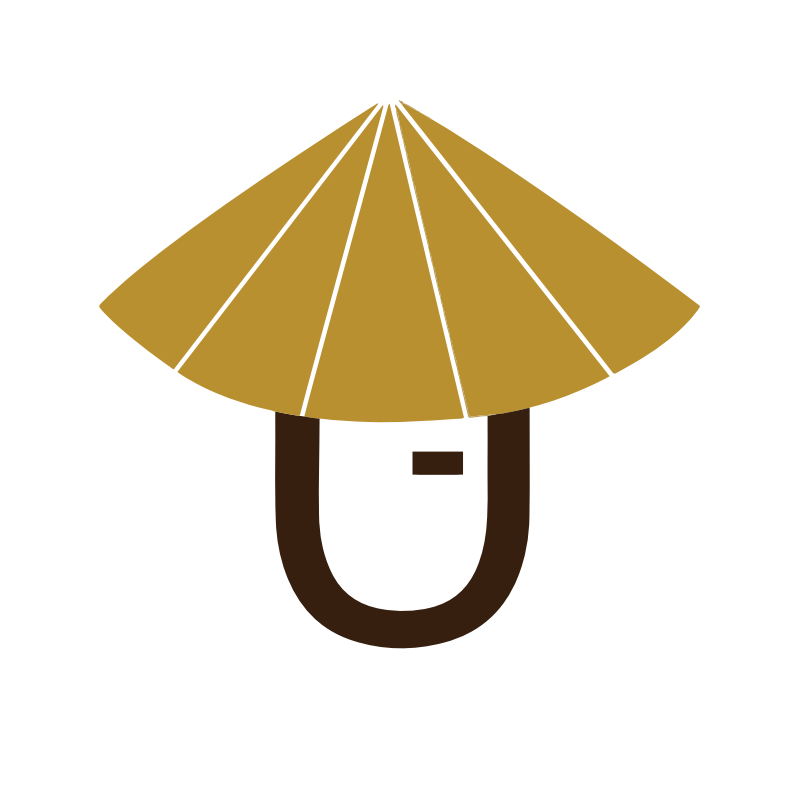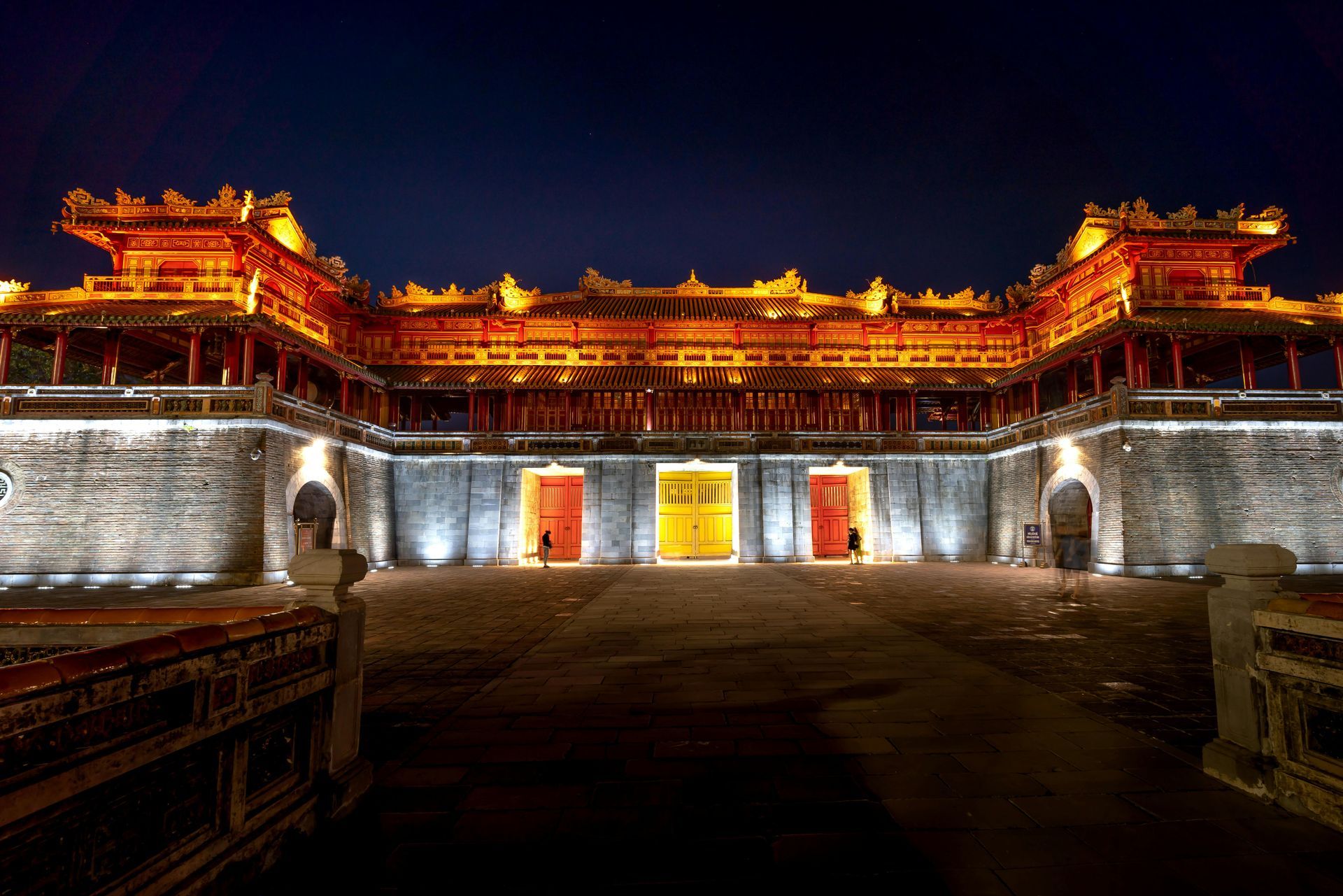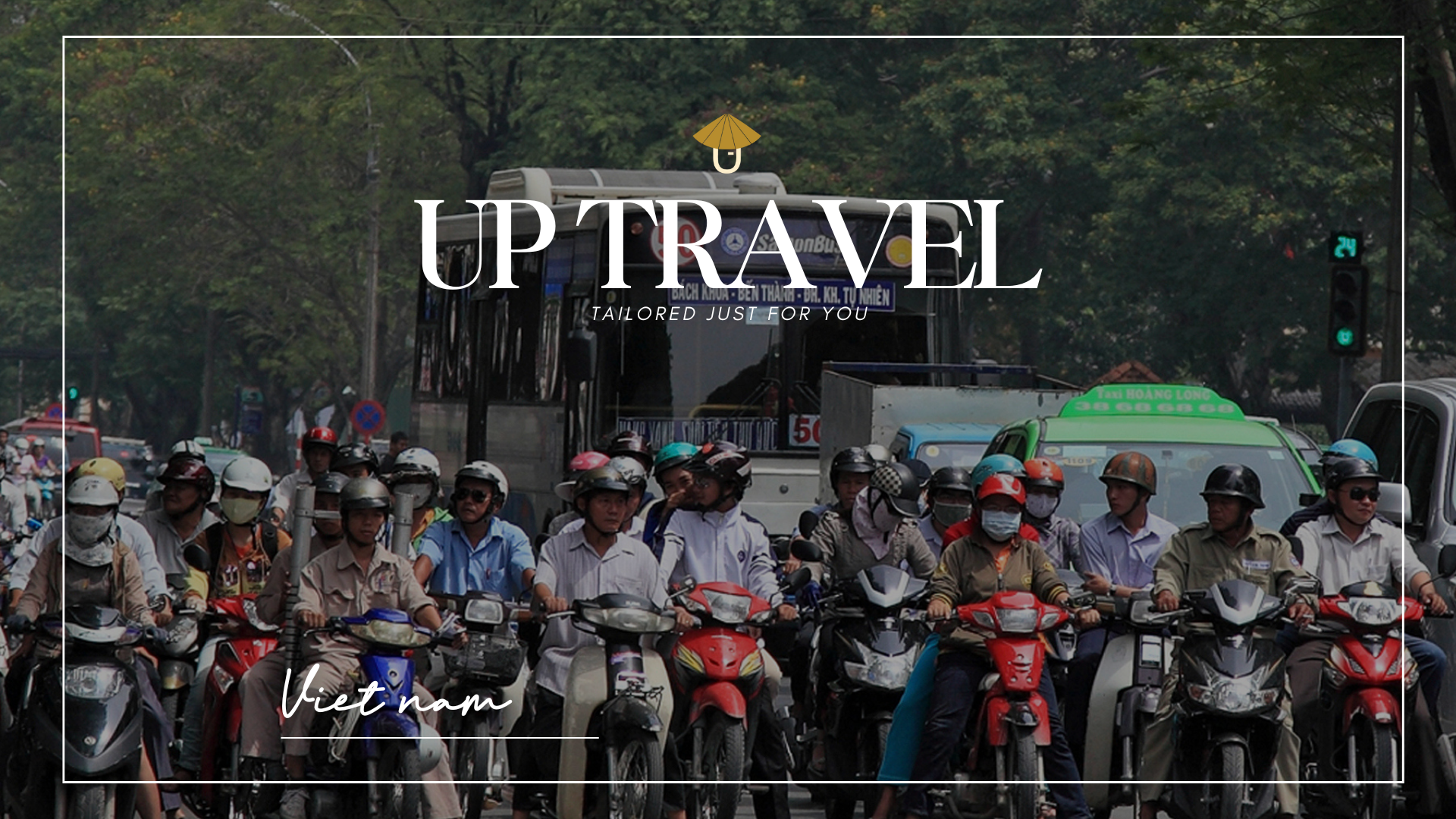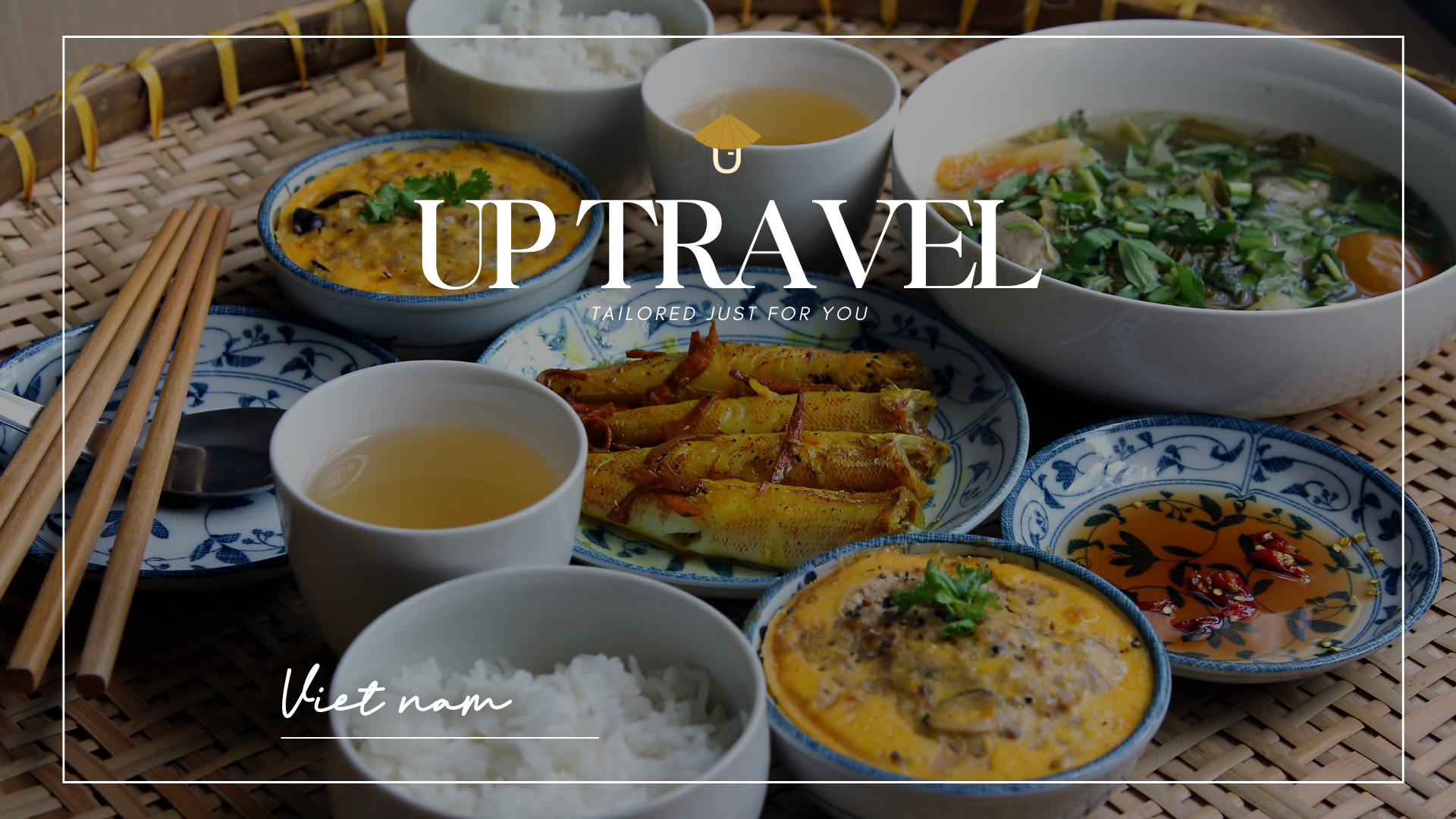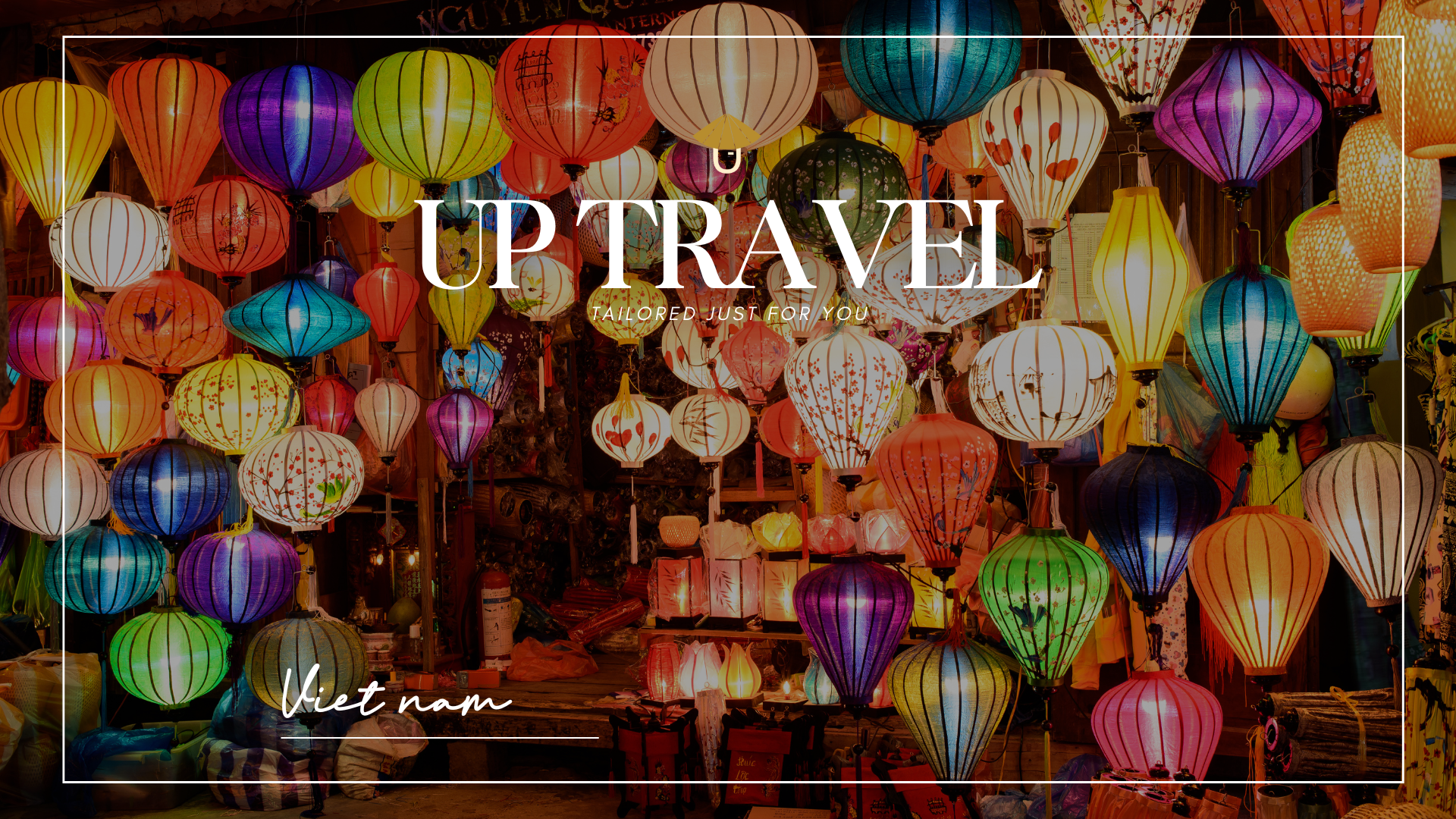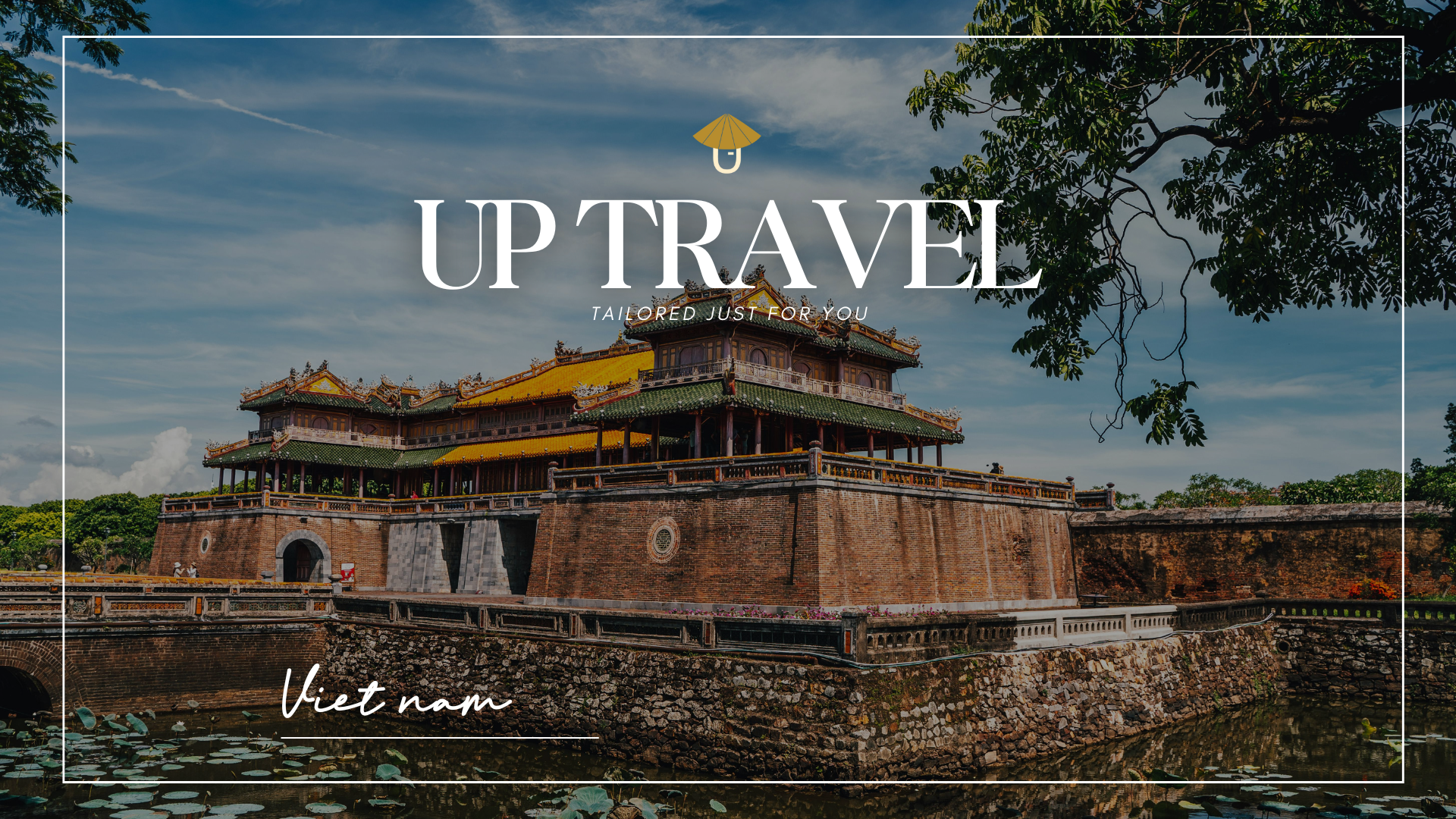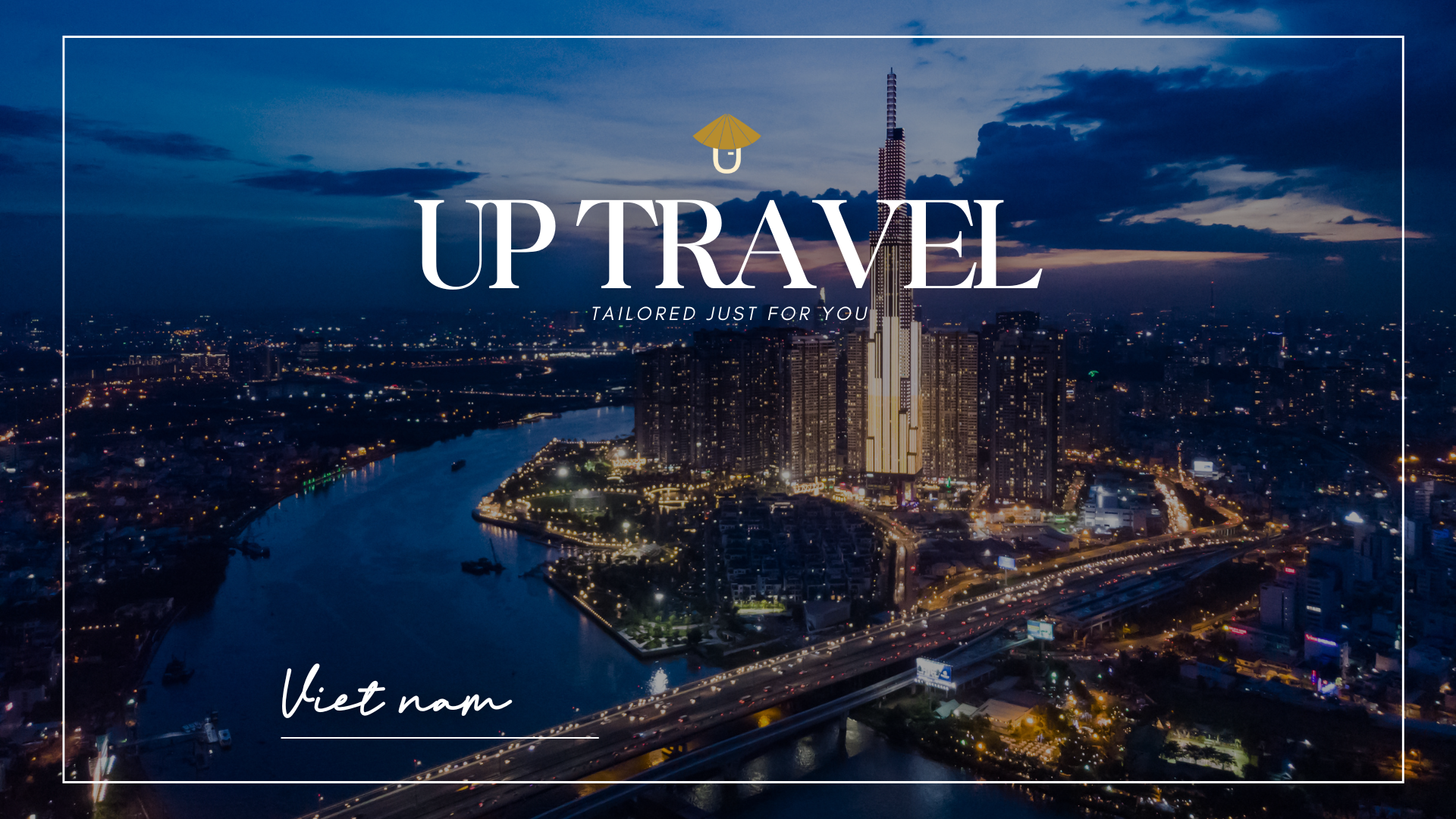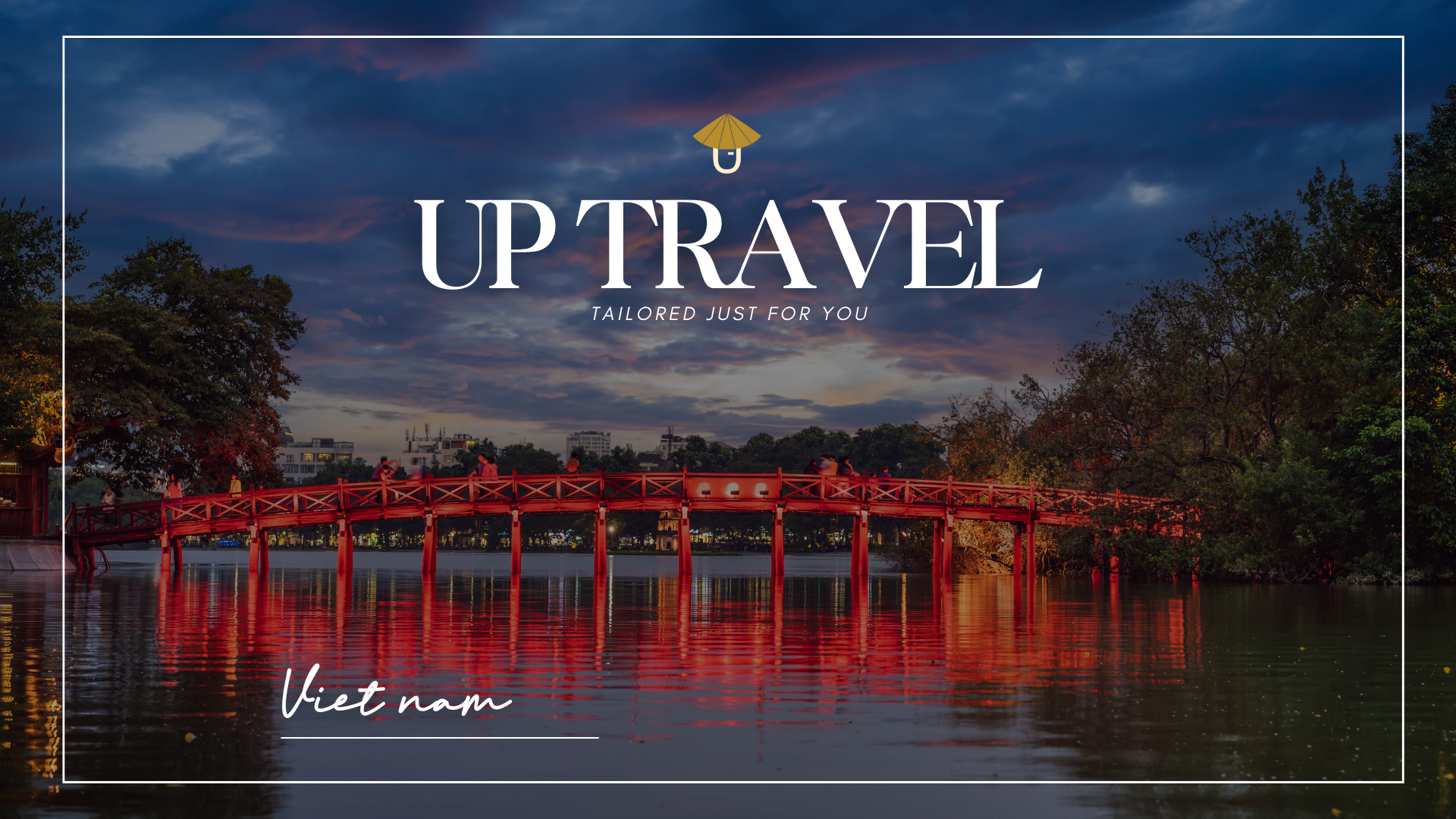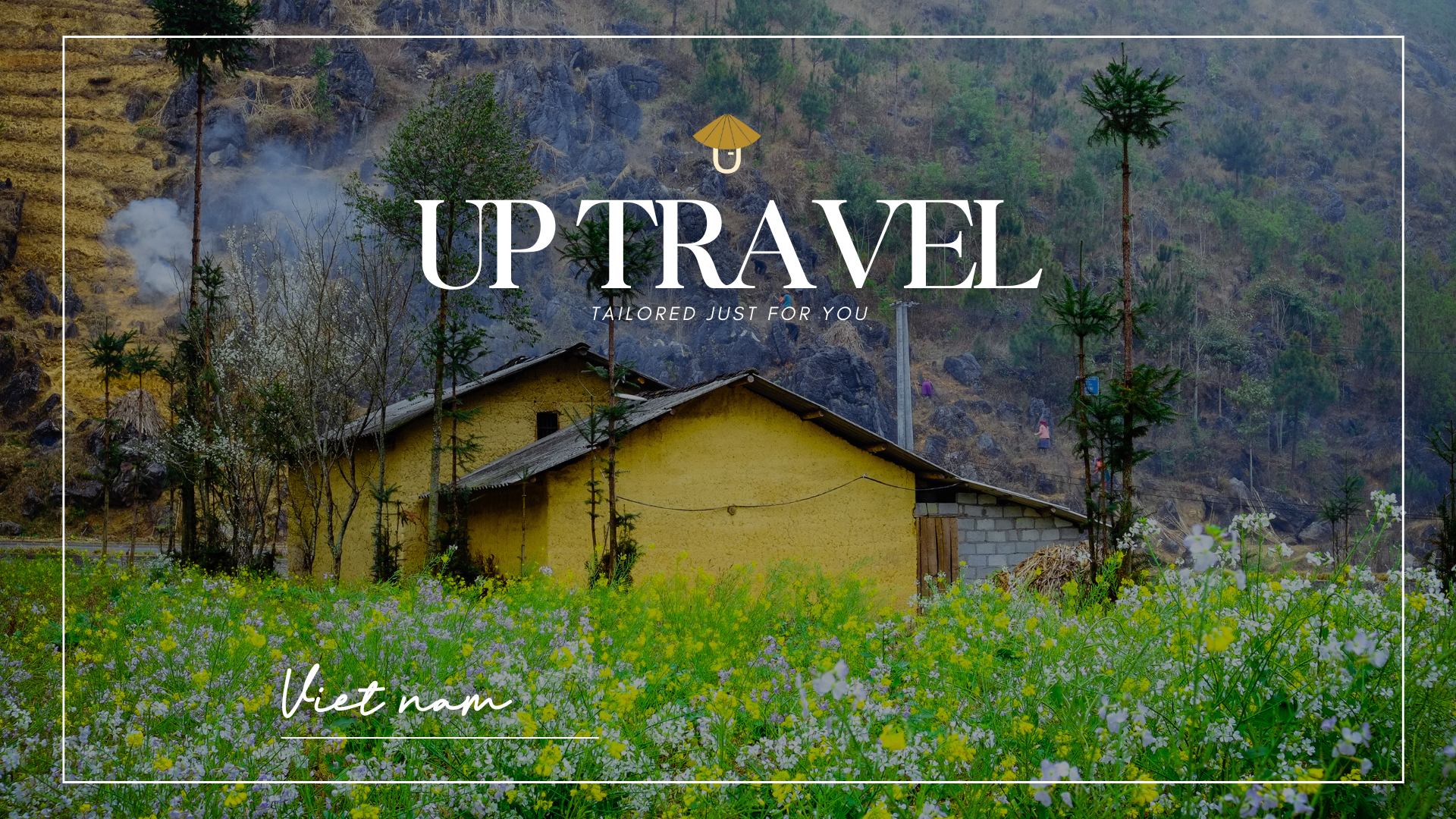Vietnam: Beyond Pho and Ha Long Bay
Discover the hidden gems of Vietnam. From bustling cities to serene countryside, vibrant culture to stunning natural landscapes, Vietnam offers a unique and unforgettable travel experience.
1. Breaking Stereotypes: Vietnam - A Diverse Country
While Vietnam is often associated with pho and Ha Long Bay, there's so much more to this Southeast Asian gem. Cities like Hanoi and Ho Chi Minh City are vibrant hubs of culture, commerce, and history, each offering a unique flavor of urban life. Hanoi, with its centuries-old Old Quarter, blends French colonial charm with Vietnamese traditions, while Ho Chi Minh City dazzles with its skyscrapers and energetic nightlife. Beyond the cities, the tranquil countryside reveals a slower pace of life. Picture yourself biking through lush rice paddies, meeting friendly farmers, or cruising along the Mekong Delta's winding waterways. Vietnam’s diversity also extends to its people, with 54 recognized ethnic groups, each contributing their own customs, cuisines, and festivals. From urban sophistication to rural simplicity, Vietnam challenges and redefines the stereotypes.
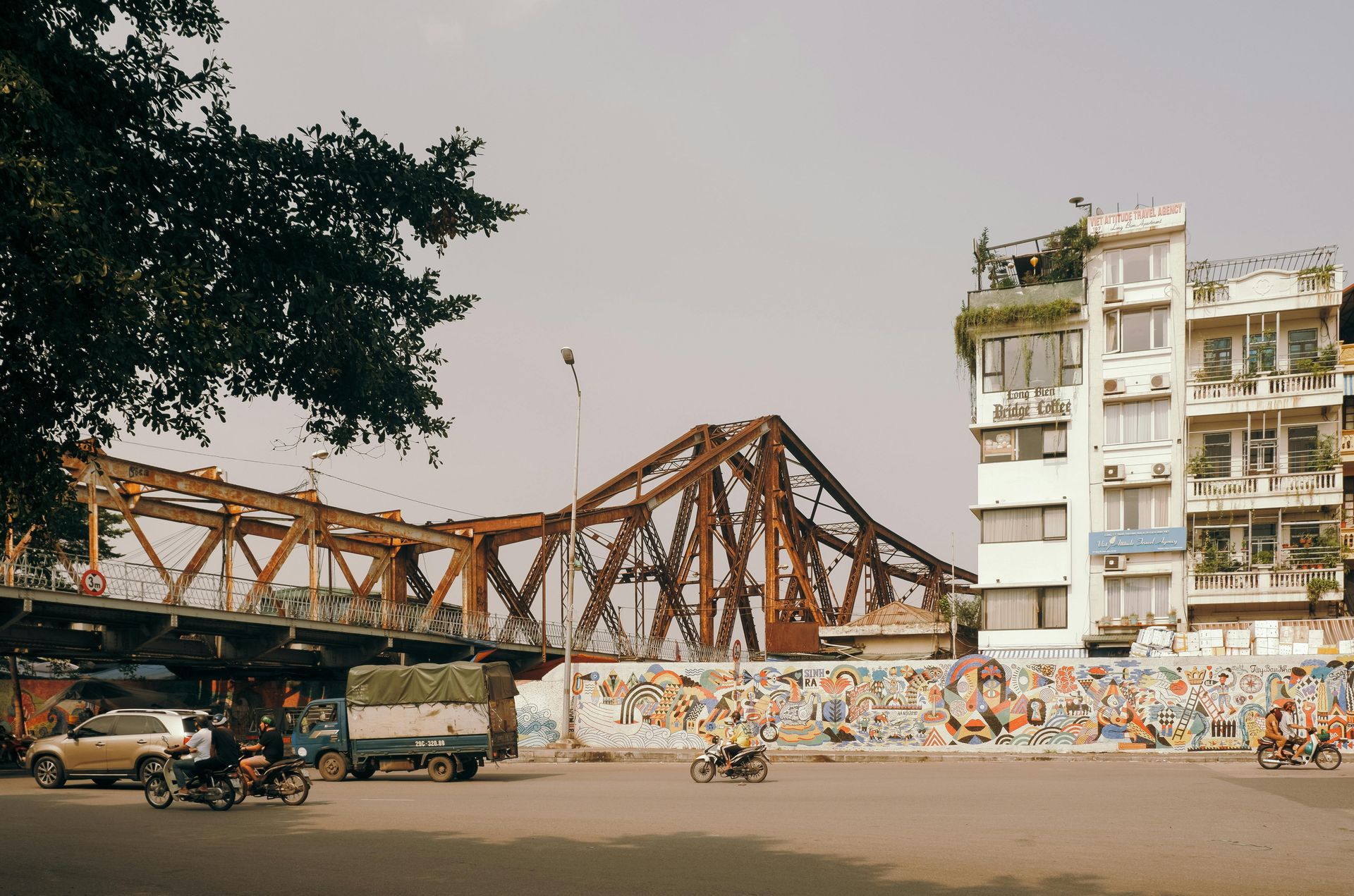
2. Street Food Adventure: A Culinary Journey
Vietnamese street food is more than just a meal – it’s an experience that connects you to the heart of local life. Start your day with a bowl of steaming pho, its rich broth simmered for hours with fragrant spices. Explore the bustling markets where vendors serve up banh mi sandwiches filled with fresh herbs, pickled vegetables, and savory meats. Don’t miss bun cha in Hanoi, with its smoky grilled pork served alongside rice noodles and a tangy dipping sauce. In the south, savor banh xeo, crispy rice flour pancakes stuffed with shrimp and bean sprouts. Beyond the famous dishes, each region boasts its own specialties, from the spicy delights of Hue’s royal cuisine to the coconut-infused flavors of the Mekong Delta. Wherever you go, the street food culture of Vietnam offers a sensory feast that’s both delicious and affordable.
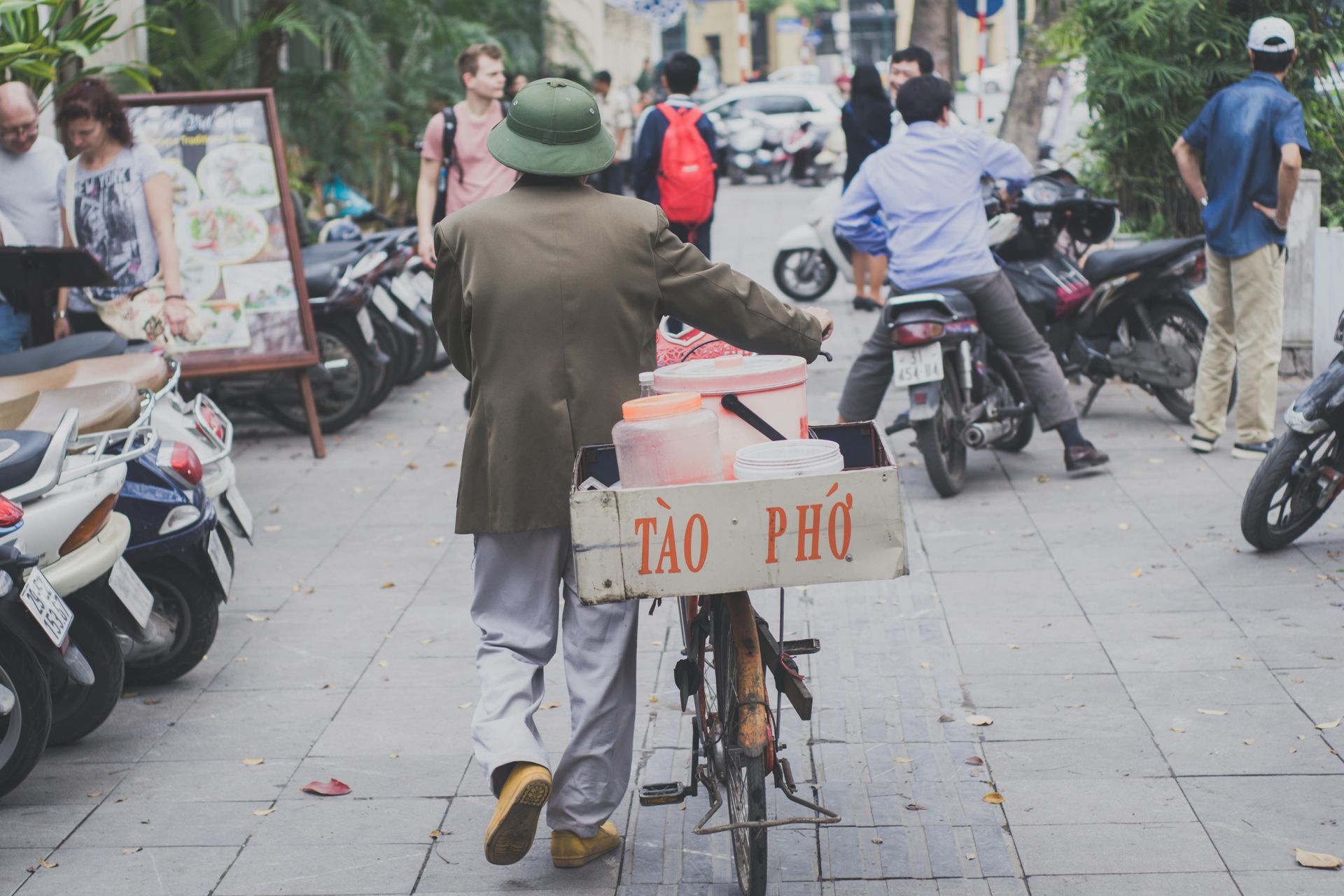
3. Natural Wonders: From Mountains to Beaches
Vietnam’s natural beauty goes far beyond the iconic Ha Long Bay. The terraced rice fields of Sapa, cascading down mountainsides, offer breathtaking views and a glimpse into the traditional farming practices of the Hmong people. In Southern Vietnam, Da Lat’s cool, pine-scented air and flower-filled valleys provide a refreshing escape. For beach lovers, the turquoise waters and white sands of Phu Quoc Island or Nha Trang’s lively coastline are a tropical paradise. Don’t forget the majestic caves of Phong Nha-Ke Bang National Park, home to the world’s largest cave, Son Doong. Each region of Vietnam is a treasure trove of natural wonders, from rugged mountains to pristine beaches, offering countless opportunities for adventure, relaxation, and awe-inspiring moments.
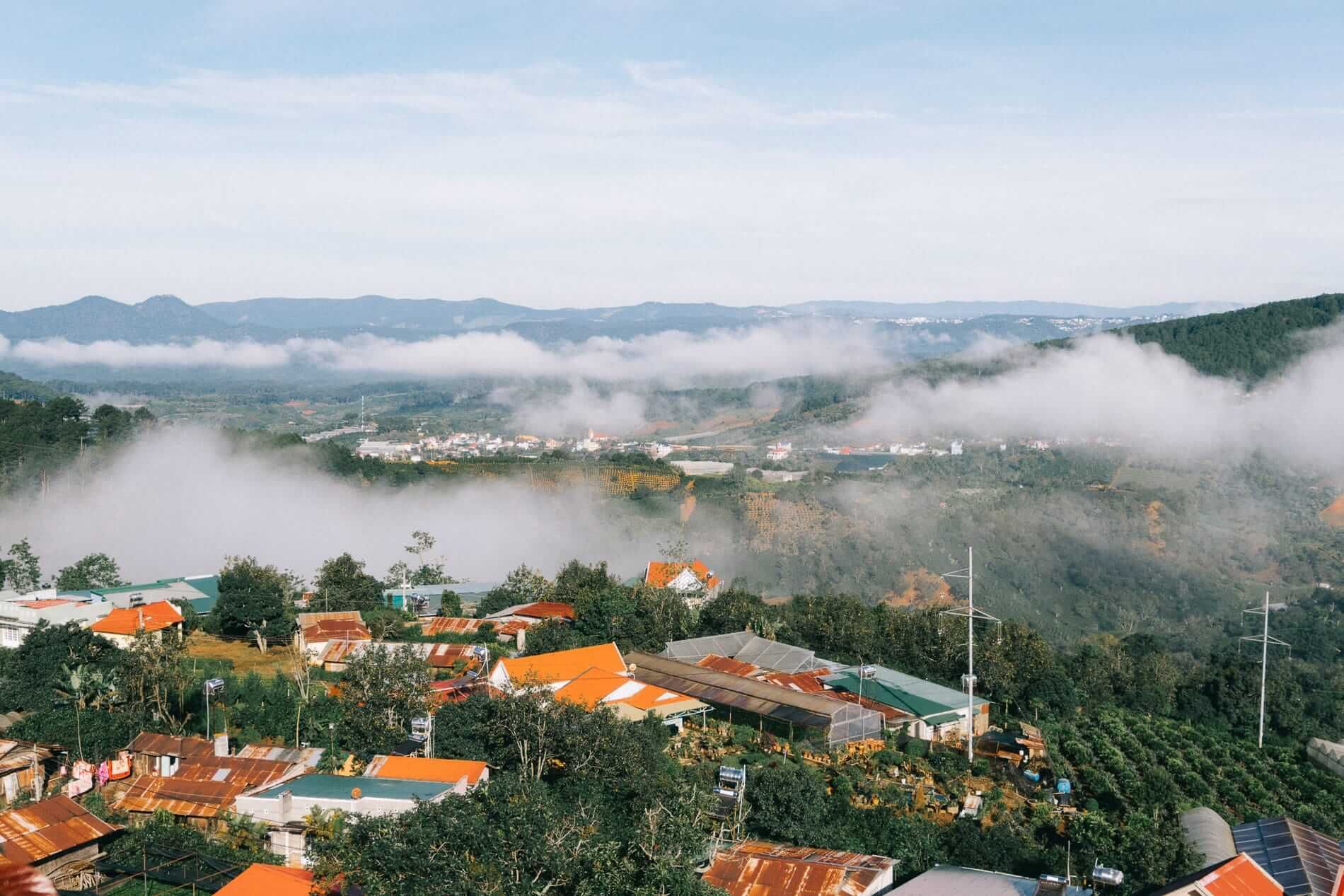
4. Rich Culture: Festivals and Traditions
Vietnam’s cultural richness is best experienced through its festivals and traditions. The Lunar New Year, or Tet, is the most significant celebration, where families reunite, and streets come alive with vibrant decorations and performances. In Hue, the Hue Festival showcases traditional music, dance, and art in a celebration of the city’s imperial past. The Mid-Autumn Festival, with its lantern parades and mooncakes, is a magical time for children and adults alike. Beyond the festivals, each ethnic group in Vietnam has unique traditions, from the colorful brocade weaving of the Thai people to the gong culture of the Central Highlands. Participating in these celebrations and customs provides a deeper connection to Vietnam’s rich heritage and warm hospitality.
5. Art and Architecture: A Historical Journey
Vietnam’s history comes alive through its art and architecture, a blend of ancient, colonial, and modern influences. The One Pillar Pagoda in Hanoi, with its unique lotus-inspired design, reflects Vietnam’s Buddhist heritage. In Hue, the Imperial Citadel stands as a testament to the Nguyen Dynasty’s grandeur, while Hoi An’s ancient town enchants with its preserved shophouses and glowing lanterns. French colonial architecture adds elegance to cities like Hanoi and Ho Chi Minh City, where buildings like the Hanoi Opera House and Notre-Dame Cathedral evoke a bygone era. Modern Vietnam also embraces contemporary art and architecture, seen in museums, galleries, and innovative skyscrapers. Exploring these sites offers insight into Vietnam’s evolving identity and rich history.
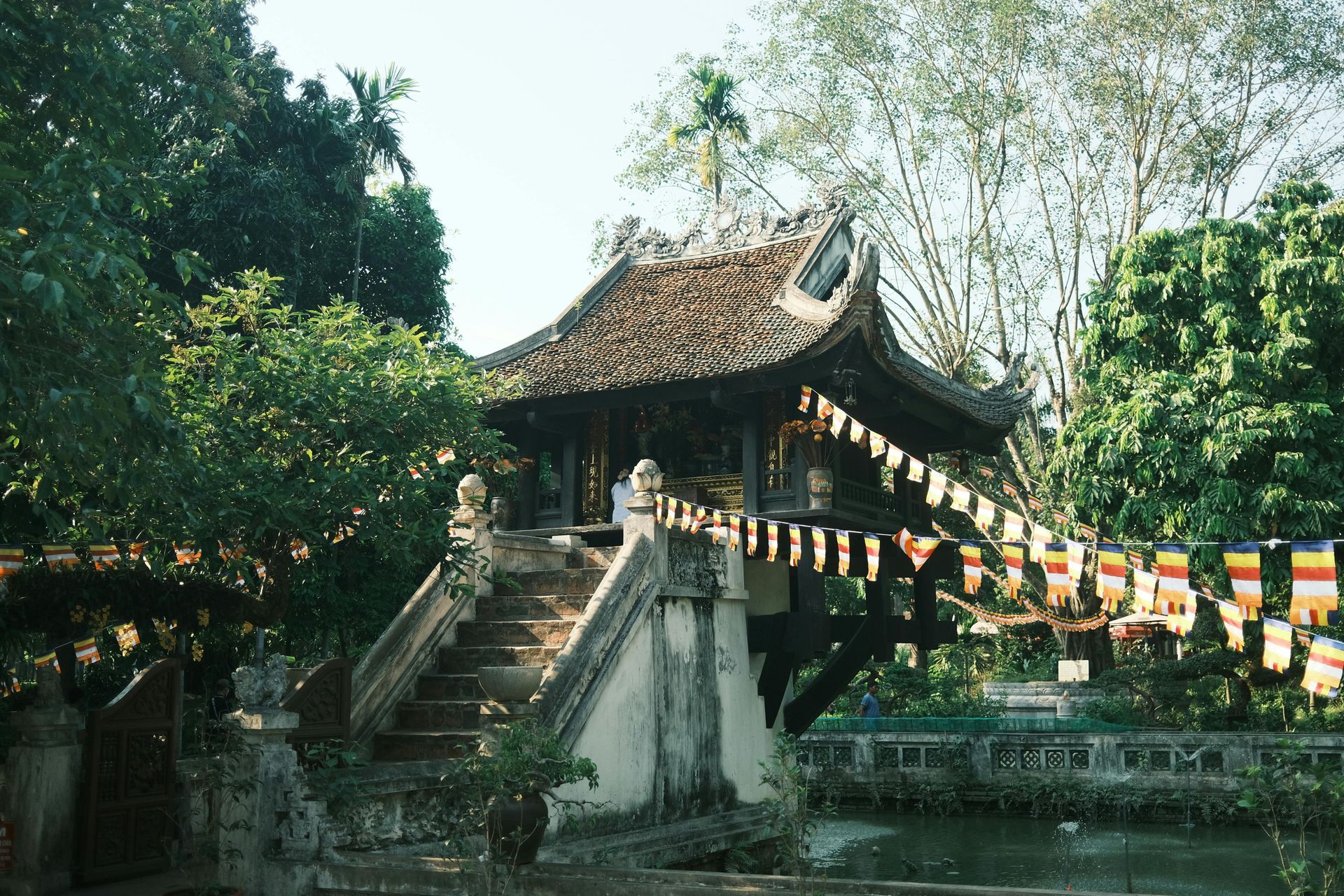
6. Unique Souvenirs: Take a Piece of Vietnam Home
Shopping in Vietnam is as much about the experience as the treasures you’ll find. Lacquerware, with its glossy finish and intricate designs, makes for elegant keepsakes. Handcrafted ceramics from Bat Trang village or Dong Nai Province are both beautiful and practical. For coffee lovers, Vietnam’s robust beans and unique brewing tools, like the phin filter, are a must-buy. Don’t miss the colorful textiles and brocades crafted by ethnic minorities, which make stunning scarves, bags, and home decor. Markets like Ben Thanh in Ho Chi Minh City or the Night Market in Hoi An are perfect for finding these unique items. Taking home a piece of Vietnam means carrying its artistry, culture, and memories with you.
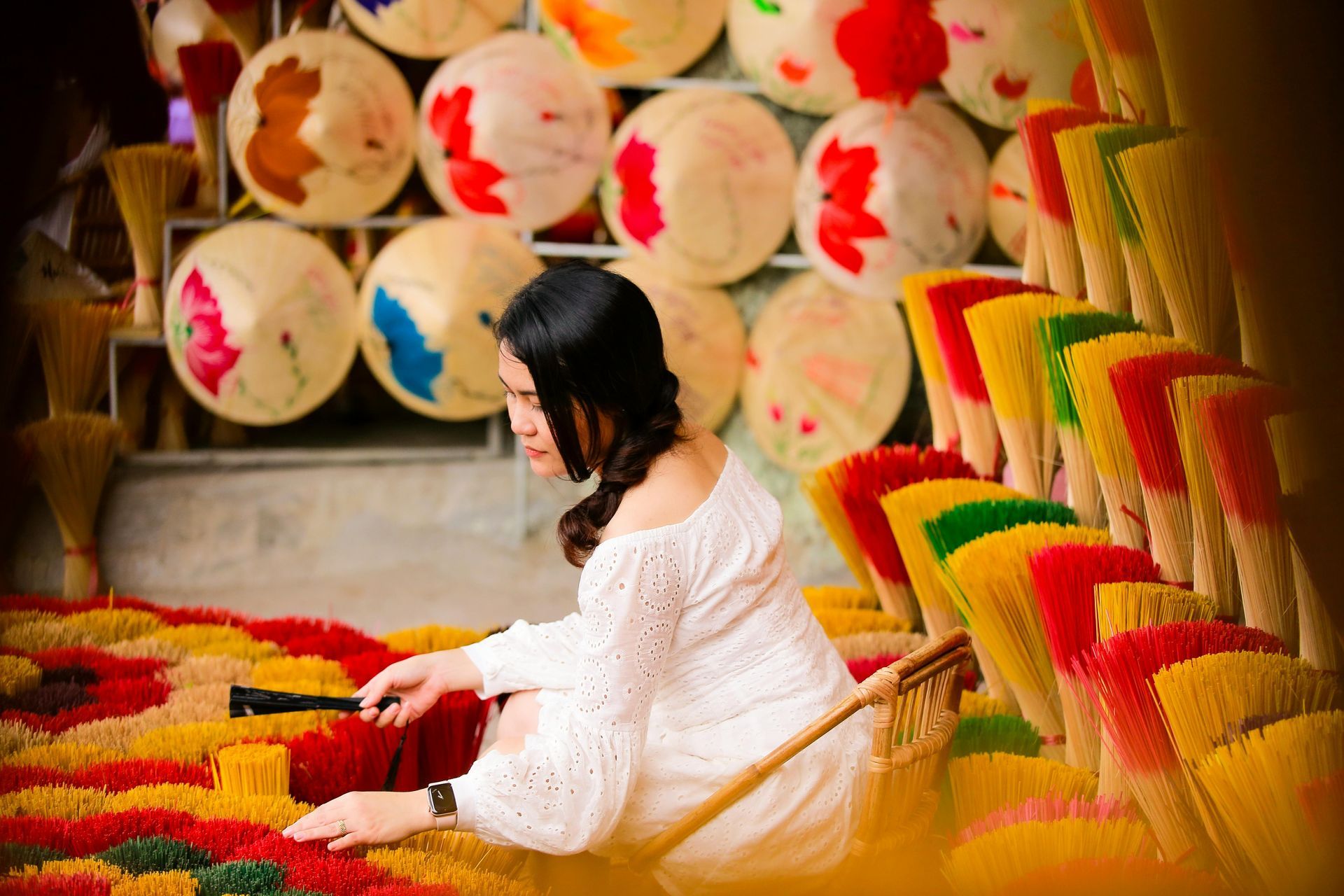
Discover the hidden gems of Vietnam. Let Up Travel help you plan your unforgettable journey. Contact us today for personalized travel advice
– Tailored Just For You.
